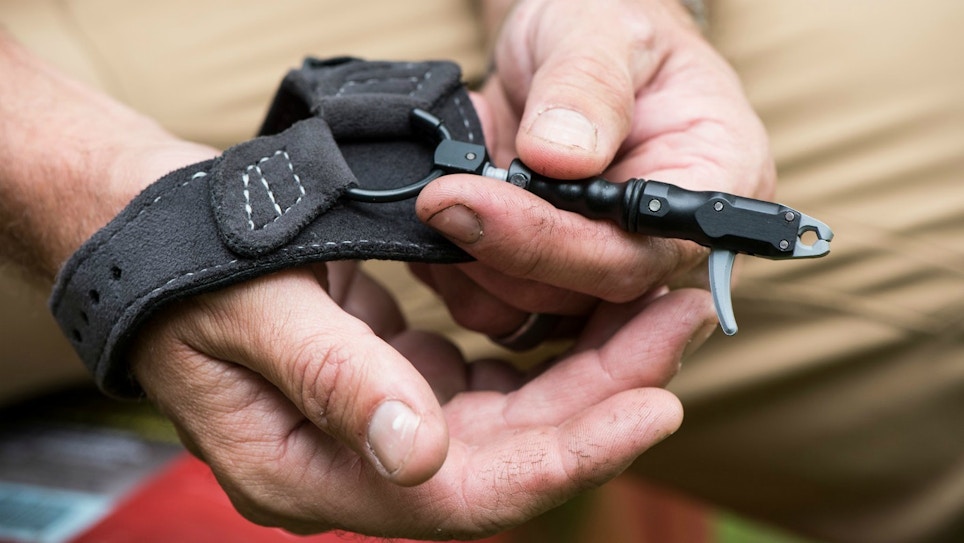Ask anyone who knows me and they’ll tell you I’m a glass full type of guy. I generally believe things happen for the best. That said, I’m also a person who believes in being prepared as much as possible in case something bad or unexpected happens, which is why I encourage you to purchase two or even three identical mechanical releases after you find one that works for you.
Unlike all of my bowhunting buddies, (knock on tree bark) I’ve never lost a release. My friends have lost them (they claim) in a wide variety of places, including the woods, truck, basement, shooting range (indoor and outdoor) and lake (bowfishing). A few of my friends had a spare identical to their original close at hand, so losing their primary release wasn’t a big problem. However, a couple of them lost their release during hunting trips, and because they didn’t carry a backup, they had to borrow or buy a new one to salvage their hunting day or weekend. Of course, if five buddies are in hunting camp together, the chance is about 99 percent that they all shoot a different release, so borrowing someone else’s spare is better than nothing, but it’s not ideal.
I own three identical index-style releases. All have leather straps, and I’ve practiced with all of them. The one I use most often and carry in my bowhunting fanny pack shows a bit more wear, but it functions exactly the same as the other two. I keep one spare in a 1-gallon Ziploc that contains extra broadhead packs, Allen wrenches, field points, bowstring wax, etc. I pack this Ziploc on all my hunts. I keep the second spare on my workbench at home with other might-need-it-later archery gear (additional arrows, etc.).
You might think owning three identical mechanical releases is overkill. So be it. The way I see it, even if Company X stops offering my release, or they change up their manufacturing process enough that the newer models don’t feel and function the same as the old ones, I’m covered for my hunting career.

I will occasionally experiment with a new release — try a buddy’s release, or shoot a new one at the annual Archery Trade Association Show — but thus far I haven’t found a good reason to switch. My current model works perfectly, which is good enough for me. Plus, if I did decide on a new release brand or model, then I’d have to shell out money for three.






